US claims capture of Iranian missile parts off Yemen coast
The US also announced a $15 million reward for information on an IRGC official allegedly in Yemen
The U.S. State Department released images on Thursday, December 5 of what it claims are Iranian-made missile components captured by the U.S. Navy off Yemen’s coast last month.
Brian Hook, the top U.S. official for Iran policy, unveiled the images at a press conference in Washington and announced a $15 million reward for information on the whereabouts and networks of Abdulreza Shahlaie, an Islamic Revolutionary Guard Corps commander whom the Trump administration suspects of helping Yemen’s Houthi rebels obtain Iranian-made weapons.
Iran denies arming the Houthis, who have solidified control over parts of Yemen since the outbreak of civil war in 2015. The U.S. and its allies have intercepted what they claim are Iranian-made weapons components en route to Yemen before, but last month’s haul is the most sophisticated, Hook said.
The capture included components of “anti-ship cruise missiles, land-attack cruise missiles, air defense missiles and anti-tank missiles,” Hook said.
Shipping weapons to Yemen is a violation of a United Nations arms embargo. The U.S. has sold weapons to and logistically supported a military coalition led by Saudi Arabia to support the Yemeni government against the rebels.
On Nov. 25, a U.S. warship interdicted a large cache of Iranian weapons and missile parts off the coast of Yemen. This is more proof of Iran’s efforts to inflame conflicts in the Mideast, and evidence of Iran’s repeated violations of the @UN arms embargo. pic.twitter.com/TKjxrqQpg5
— Department of State (@StateDept) December 5, 2019
U.S. officials told the Associated Press earlier on Wednesday that the USS Forrest Sherman, an Arleigh Burke-class missile destroyer, stopped an unflagged wooden vessel in the Arabian Sea on November 25.
U.S. Navy and Coast Guard personnel boarded the boat and discovered what they assessed to be Iranian missile components before handing the crew over to the Yemeni government, according to the report.
The Pentagon later confirmed the incident in a statement.
The Houthis have deployed increasingly sophisticated ballistic missile technology in recent years, striking targets in Saudi Arabia and shooting down U.S. drones over Yemen. The Saudi-led bombing campaign against has done little to check the rebels’ battlefield victories against the government of President Abd Rabbo Mansour Hadi.
The rebel group offered a cessation of strikes against Saudi Arabia in September weeks after claiming credit for a coordinated drone and cruise missile strike on two key Saudi oil facilities that decimated the country’s output.
The U.S. has blamed Iran for the attack, a charge Tehran officials has denied.
Hook also announced a reward for information on Shahlaie, an IRGC official allegedly in Yemen whom the U.S. believes may be helping the Houthis acquire Iranian technology.
The official accused Shahlaie of involvement in arming Shia insurgents to kill American soldiers during the U.S. occupation of Iraq and planning to assassinate the Saudi ambassador to the United States in 2011.
The independent research group Conflict Armament Research also concluded in 2018 that some mines and IEDs mass-produced by the Houthis in Yemen contain Iranian components. A previous CAR study of Houthi drone technology challenged the rebel groups’ claims that their weapons technology is indigenously developed.
The U.S. is engaged in a “maximum pressure” campaign to isolate Iran economically and politically after the Trump administration withdrew from the landmark international 2015 nuclear deal with Tehran.
The U.S. accuses Iran of exploiting concessions in the agreement, such as the lift on a ban on Tehran’s conventional ballistic missile program, to expand its strike range as well as to project military and political influence on the ground in Iraq, Syria and Yemen.
Washington also blamed Iran for a series of attacks on oil tankers in the Persian Gulf this summer and organized the multi-national Operation Sentinel to patrol vulnerable shipping lanes.
The U.N. has called Yemen’s civil war the world’s worst humanitarian crisis, and has said most civilian casualties result from Saudi-led coalition bombing.
The Houthis have called for an end to the conflict, and Saudi Arabia and its primary coalition partner, the United Arab Emirates, have shown signs of fatigue. The Trump administration also engaged in talks with the Houthis in September about ending the conflict.
Yemen Houthis mass-produced mines and IEDs using Iranian components, CAR report finds



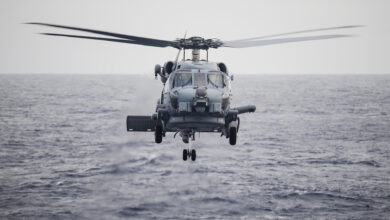
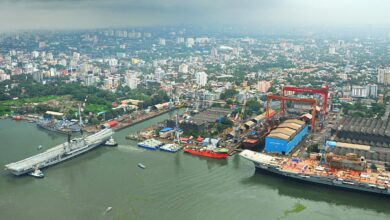

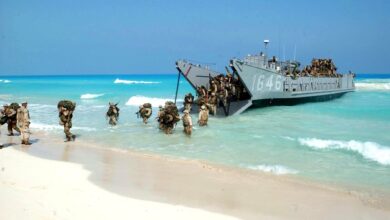
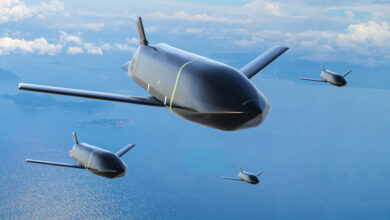
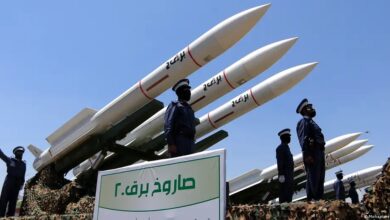

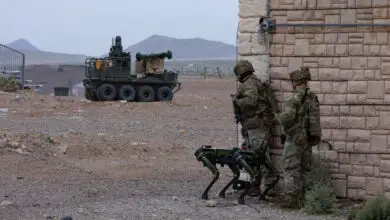
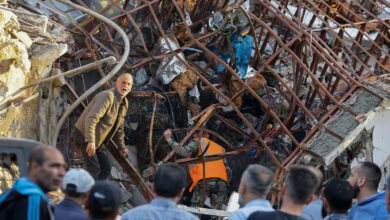
4 Comments